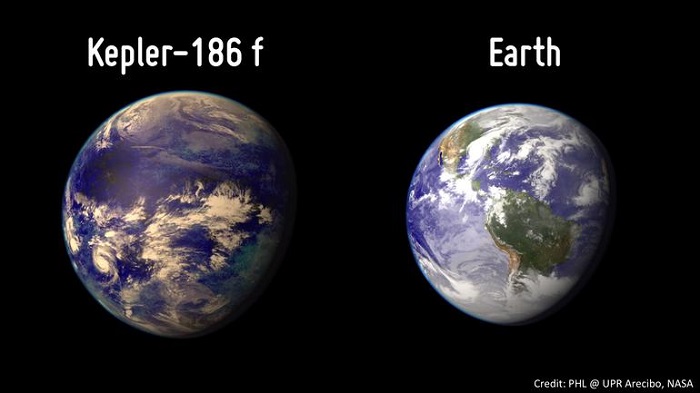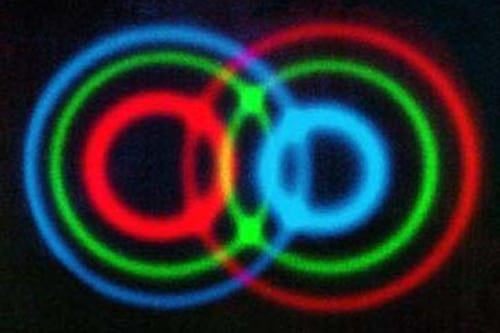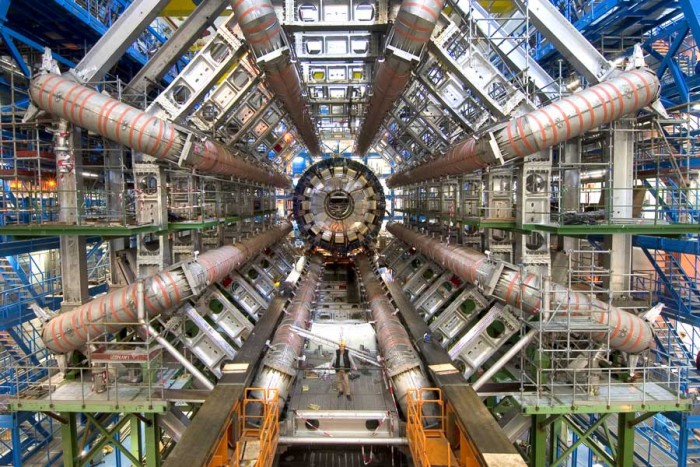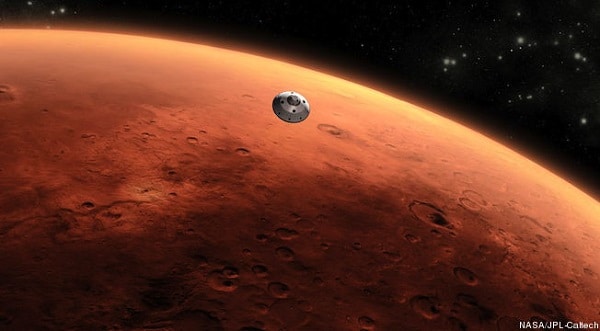I often blamed my school education for ruining what I called my ‘knack’ for science. In fact I was positively terrified of science as I approached my college going years. So yes, I never became a doctor, an engineer or a mad scientist.
Yet, curiosity cannot be killed. Madam Curie said, “I am among those who think that science has great beauty”. So even if you and I can’t understand the intricacies of the quantum world, or perceive the exact nature of reality, we still can appreciate the leaps that recent science has taken. And one can certainly thank the Internet for making it accessible.
THE VIRTUAL UNIVERSE
One of the most amazing announcements from a few days ago is an advanced simulator of the universe called Illustris. It creates a virtual universe from just after (millions of years actually) the Big Bang and traces its evolution. The simulation is a delight to watch in the neat videos complied at Illustris. They have even added some trippy music as we watch the universe expand. Of course real scientists are using it to confirm their predictions about early universe and dark matter.
EARTH & ITS SUPER COUSINS
The hundreds and hundreds of exoplanets being discovered, named and classified every day. There are an estimated 40 billion planets revolving around other stars in our galaxy. Till February 2014, the Kepler Space telescope had officially confirmed 1800 of them. Till a decade ago philosophers and scientists only contemplated the existence of other planets outside our solar system!

But the real excitement is reserved for earth-like planets, which might be habitable if water is detected. In fact suitable candidates are already popping up. So one day, when our sun becomes a red giant, ready to engulf the tiny Earth, humanity would be nestled comfortably on one of the many exoplanets, say like the super-Earths of the Gliese 667C star system, mourning the loss of its mother.
SPOOKY SCIENCE
Einstein called it ‘spooky action at a distance”. In the 1930s, he theorised that two particles can somehow instantly communicate with each other even though they may be very far apart, and far apart could be the opposite ends of the universe. This means that two particles are entangled with each other and behave like one object even though they are physically apart. Like twins who’ve never met but end up having similar life events.

For decades, quantam entanglement was treated as a hypothetical concept until in 2008 Physicist Nicolas Gisin entangled two photons, which meant that the secret signal between the two had traveled 10,000 times faster than the speed of light. How or why quantam entanglement works remains a deep mystery. Gisin himself said, “I want to be able to tell a story, and I cannot tell you a story of how nature manages this trick.”
How it will affect our lives? Well, teleportation may become a reality, but first long distance communication will become insanely fast.
A NEW KIND OF PHYSICS
The Large Hadron Collider, the world’s most powerful particle collider famous for confirming the existence of the God Particle, has thrown up some surprising findings in the recent days. Located in a massive underground tunnel near Geneva, Switzerland, LHC has been helping scientists study how the universe behaved only a trillionth of a second after the Big Bang.

One of the projects at the LHC, called Beauty, has potentially witnessed something so extraordinary, it might bring about an entirely new kind of physics. Hadron particles instead of decaying as expected each and every single time are occasionally disobeying one of the main principles of physics.
These findings are suggesting that in addition to the already established forces – some unknown force is at work in the quantum world.
LIFE ON MARS
Launced in 2011. NASA’s Curiosity rover landed in the Martian crater known as Gale, discovering a vanished lake that could have supported life on Mars more than 3 billion years ago. The $2.5-billion spacecraft took 9 months to reach the red planet and is slated to stay there for many years to come, collecting proof of Mars’ capability to host Life, in the past and in the future.

“We are much closer today to being able to send humans to Mars than we were to being able to send men to the moon in 1961, and we were there eight years later. Given the will, we could have humans on Mars within a decade,” said Robert Zubrin, founder & president of the Mars Society.
Well, nature’s marvels and human technology are collaborating at an exciting pace, and while sometimes we are left speechless at the decoding of our genetic code, or the prosthetic arm emerging from 3 D printers, or the God’s particle showing its existence for a millionth of a second, loving and respecting nature is the true path to progress.
Let’s just hope aliens don’t show up suddenly.

